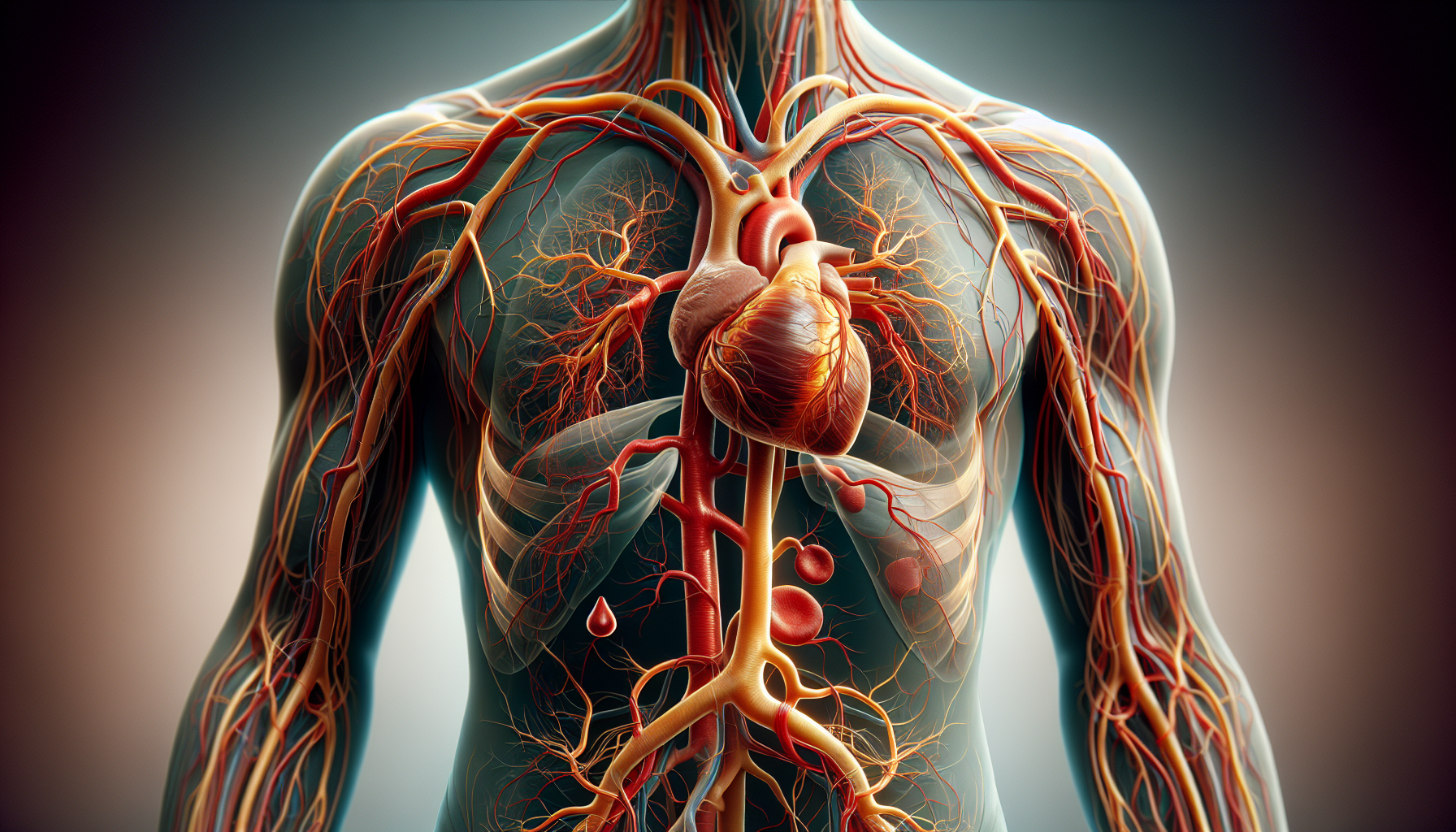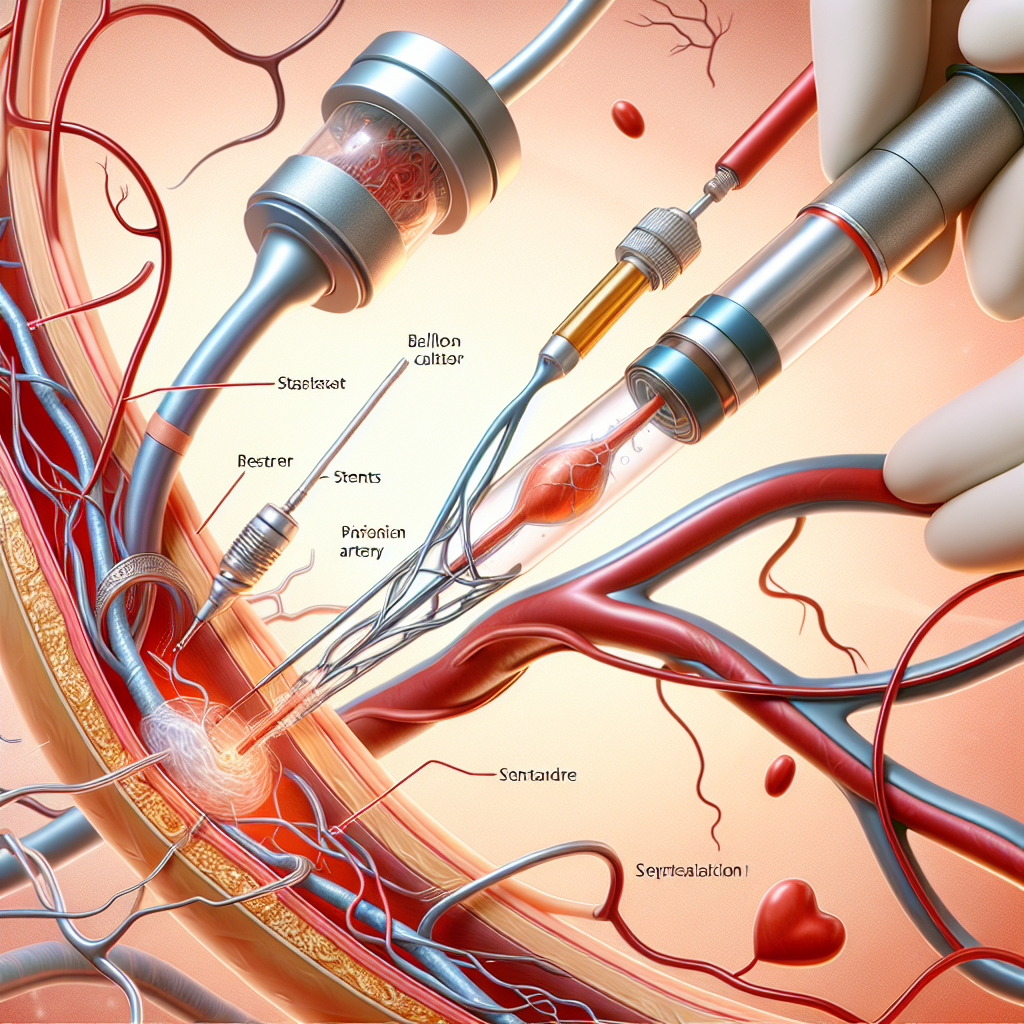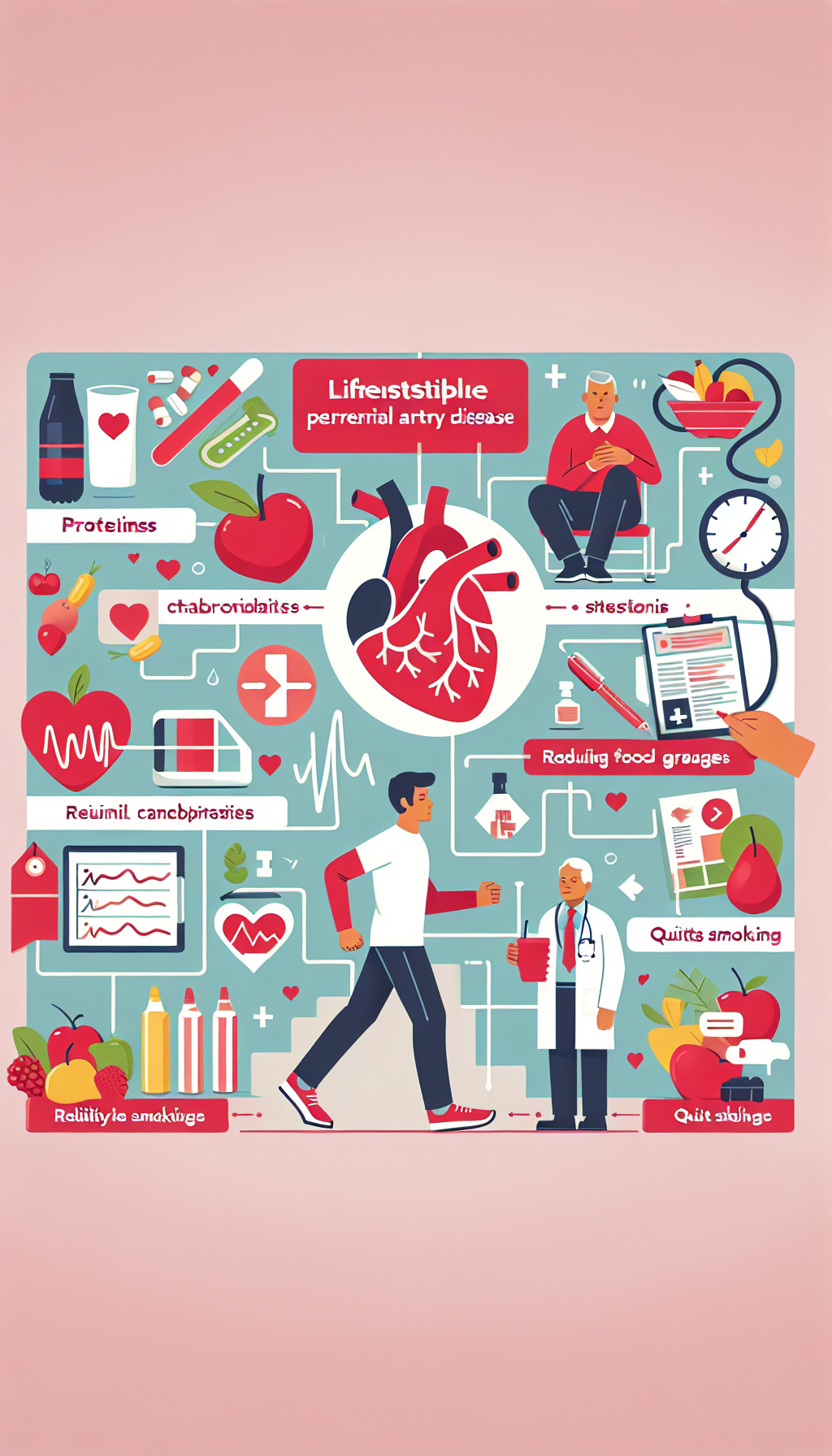Peripheral Artery Disease (PAD) is a common circulatory problem wherein narrowed arteries reduce blood flow to the limbs. PAD typically affects the legs, and without adequate blood flow, the extremities do not receive enough oxygen and nutrients, leading to pain and other symptoms. Understanding PAD is crucial, as it often signifies broader cardiovascular issues that may require comprehensive care.
What is Peripheral Artery Disease?
Peripheral Artery Disease occurs when fatty deposits build up in the arteries outside the heart, commonly the legs. This buildup, known as atherosclerosis, can reduce or block blood flow. PAD can lead to leg pain when walking (claudication) and is also associated with other health problems like coronary artery disease. It’s a signal that atherosclerosis is likely to be affecting blood vessels throughout the body, potentially leading to serious complications.
Symptoms of PAD
The most common symptom of PAD is leg pain when walking, which typically fades with rest. However, many people with PAD don’t experience any symptoms, or they may mistake the symptoms for something else. Other symptoms may include:
- Leg numbness or weakness
- Coldness in the lower leg or foot
- Sores on the toes, feet, or legs that won’t heal
- A change in the color of the legs
- Hair loss or slower hair growth on the feet and legs
- Slower growth of toenails
- Shiny skin on the legs
- Erectile dysfunction in men
If you’re experiencing any of these symptoms, it’s essential to consult a healthcare professional. For more information on cardiovascular health, visit our section on cardiovascular health.
Risk Factors
Several factors can increase the risk of developing PAD:
- Smoking
- Diabetes
- Obesity (a body mass index over 30)
- High blood pressure
- High cholesterol
- Increasing age, especially after 65
- A family history of peripheral artery disease, heart disease, or stroke
- High levels of homocysteine
It’s important to manage these risk factors through lifestyle changes and, when necessary, medications.
Diagnosis of PAD
Diagnosis typically begins with a physical examination. The doctor will look for signs of PAD, such as weak pulses in the legs. An Ankle-Brachial Index (ABI) test is often performed, which compares the blood pressure in the ankle with the blood pressure in the arm. Other diagnostic methods include ultrasound, angiography, and blood tests.
Treatment Options
Treatment for PAD aims to manage symptoms and stop the progression of atherosclerosis throughout the body to reduce the risk of heart attack and stroke. Here are some of the approaches:
Lifestyle Changes
- Quitting smoking: Smoking cessation is crucial for PAD treatment.
- Exercise: This can help improve symptoms and increase mobility.
- Healthy diet: A diet rich in fruits, vegetables, and whole grains can help lower blood pressure and cholesterol levels.
For guidance on developing heart-healthy habits, explore articles like The Importance of Omega-3 Fatty Acids for Heart Health.
Medications
Patients may be prescribed medicine to prevent blood clots, lower blood pressure and cholesterol, and control pain and other symptoms.
Surgery or Angioplasty
In severe cases, procedures like angioplasty or bypass surgery may be necessary to open blocked arteries.
Alternative Treatments
Some may seek alternative treatments. However, these should never replace conventional treatments but could be complementary.
The Connection Between PAD and Overall Health
PAD is often a sign of a more widespread accumulation of fatty deposits in your arteries (atherosclerosis). This condition may be reducing blood flow to your heart and brain, as well as your legs.
Patients with PAD are at an increased risk of developing coronary artery disease, heart attack, or stroke. It’s essential to take PAD seriously and treat it to improve health and decrease the risk of these serious events.
Living with PAD
Living with PAD requires a commitment to changing your lifestyle and, when necessary, taking medication as prescribed. Regular exercise, a healthy diet, and smoking cessation are effective strategies in managing the disease. Additionally, regular check-ups with a healthcare provider can help monitor the condition and adjust treatments as needed.
For further reading on managing conditions that affect the heart and the body’s overall wellness, consider the article Evaluating the Benefits of Cardiovascular Screening Tests.
External Resources for Further Information
- The American Heart Association provides extensive resources on PAD, including guidelines on management and treatment.
- The National Heart, Lung, and Blood Institute offers detailed information on the science behind PAD and ongoing research.
- The Vascular Disease Foundation has patient-focused resources for living with PAD and connecting with support networks.
Conclusion
Peripheral Artery Disease is a serious but manageable condition that affects millions of people worldwide. Understanding the disease, its symptoms, the importance of early diagnosis, and effective treatment strategies can lead to better health outcomes and a higher quality of life.
To learn more about how lifestyle choices impact heart health, read Minimizing Heart Disease Risk with Plant-Based Diets.
Remember to consult with a healthcare provider for a diagnosis and to discuss the best treatment plan for your situation.



